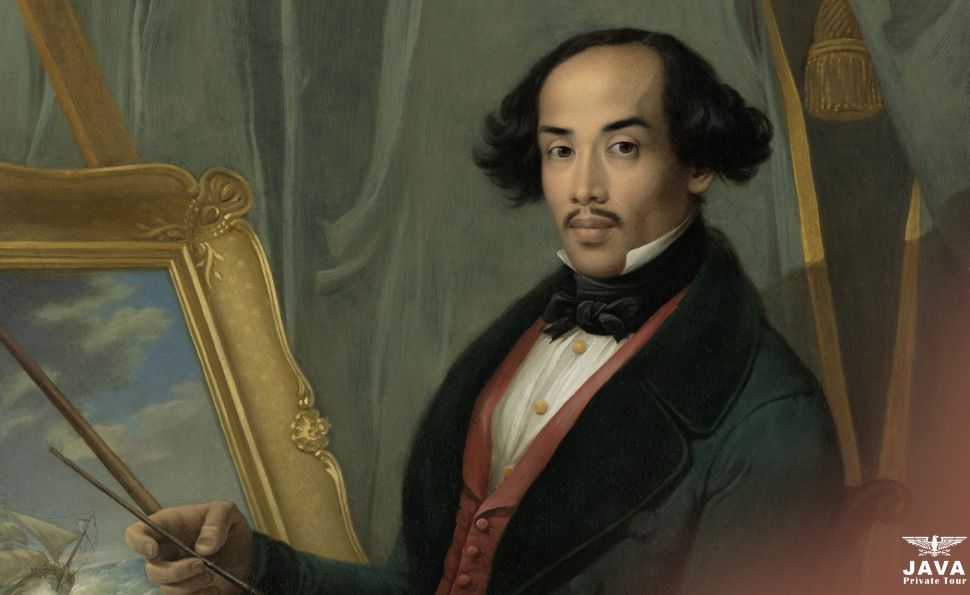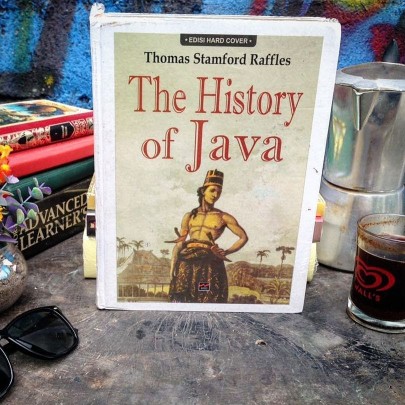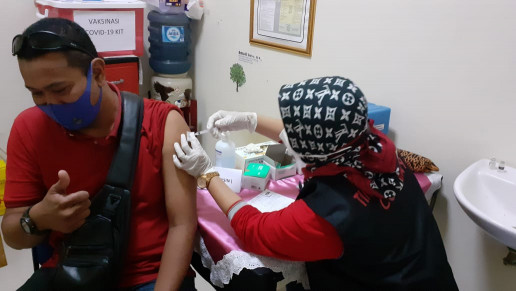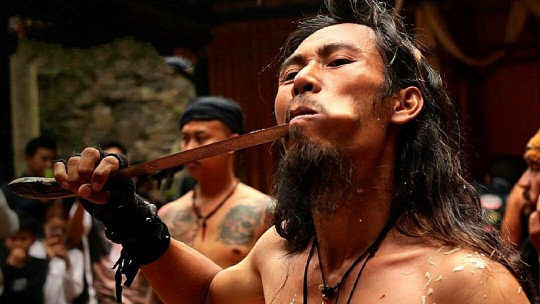javaprivatetour.com – Hey there, fellow travelers and art enthusiasts! Today, we’re diving into the fascinating world of Raden Saleh, a name that might not be on everyone’s radar but definitely should be. If you’re planning a trip to Java, Indonesia, and have a penchant for art, history, or even just captivating life stories, Raden Saleh’s journey is a must-know.
The Early Life of Raden Saleh
Born in the early 19th century near Semarang, Raden Saleh Sjarif Boestaman, or simply Raden Saleh, has a somewhat mysterious birth year, with records suggesting either 1811 or 1814. This artistic prodigy hailed from a Javanese-Arab lineage, with his father being a Sayyid and his mother, Mas Adjeng Zarip Hoesen, a Javanese noblewoman.
Saleh’s upbringing was unique; he was raised by his uncle, Kyai Adipati Soero Menggolo, the then regent of Semarang. This environment played a pivotal role in nurturing his interest in European arts and culture, thanks to his uncle’s connections with the Javaansch Weldading Genootschap, a society involved in cultural and philanthropic activities.

A Budding Talent in Art
Raden Saleh’s artistic talents were evident from a young age. By the time he was in his early teens, he had already caught the attention of A.A.J. Payen, a Belgian painter visiting Java. Impressed by Saleh’s innate talent, Payen took him under his wing, teaching him the nuances of European painting techniques, including the use of oil paints, palette knives, and the art of creating depth and realism in his works.
Saleh’s education didn’t stop at painting. He often accompanied Payen on journeys across Java, drawing inspiration from the diverse landscapes and people he encountered, further enriching his artistic repertoire.
Adventures in Europe
In 1829, Raden Saleh embarked on a transformative journey to Europe, initially to study in the Netherlands. What was meant to be a short stay turned into an extensive educational pilgrimage, where he honed his skills in portraiture under Cornelis Kruseman and landscape painting with Andries Schelfhout. His exhibitions in The Hague and Amsterdam left the European art community in awe of his mastery and unique perspective, which blended European techniques with Javanese themes.
Becoming a Court Painter
Raden Saleh’s time in Europe wasn’t just about learning; it was also about gaining recognition. By 1844, he had become a celebrated artist, earning accolades such as the Eiken Kroon from King Willem II and eventually serving as the court painter. His style, characterized by dramatic compositions and a romantic flair, resonated deeply with European sensibilities.
Return to the Archipelago
After years in Europe, Raden Saleh returned to Java in 1851, where he continued his artistic pursuits while working as a conservator of art collections. Despite his European fame, his relationship with the colonial authorities was strained, especially after being wrongly accused of involvement in local unrest.

The Final Years and Legacy
Raden Saleh’s later years were marked by personal and professional challenges, including a brief return to Europe before settling back in Java. He passed away in 1880, leaving behind a legacy that included significant contributions to Indonesian and global art.
The remains of Raden Saleh were buried at TPI Bondongan, Bogor, West Java. On his tombstone, it is inscribed:
“Raden Saleh. Djoeroegambar dari Sri Padoeka Kandjeng Radja Wollanda Ridder de Orde van de Eiken Kroon, Kom Met De Ster Der Frans Joseph Orde, Ridder Der Kroon Orde van Pruissen, Ridder van den Witten Valk.”
Translation: “Raden Saleh. Painter of His Majesty the King of the Netherlands, Knight of the Order of the Oak Crown, Commander with the Star of the Order of Franz Joseph, Knight of the Order of the Crown of Prussia, Knight of the White Falcon.”

In the past, he donated part of his vast estate to be turned into a zoo. Today, that zoo has become Taman Ismail Marzuki, Jakarta. Meanwhile, his house still stands and has become PGI Cikini Hospital, Jakarta.

Raden Saleh’s Masterpieces
- Wild Bull Hunt (1855): This dramatic depiction of a bull hunt showcases Saleh’s skill in capturing movement and tension.

- The Deer Hunt (1846): A symbolic piece illustrating the struggle for survival, which fetched a high price at an auction in Singapore.

- The Capture of Prince Diponegoro (1857): A politically charged piece now housed in the Presidential Palace in Jakarta.

- The Lion Hunt (1840-1841): Two versions of this scene captivated European audiences with their dynamic portrayal of a lion hunt.

- The Wounded Lion (1838): Reflecting Saleh’s fascination with wild animals, this painting is a study in the raw power and vulnerability of a lion.

- Between Life and Death (1870): One of his later works, this painting is a poignant representation of the struggle for existence.

Why Choose Java Private Tour?
If this glimpse into Raden Saleh’s life has sparked your interest in exploring Java’s rich cultural heritage, let us introduce you to Java Private Tour. At Java Private Tour, we specialize in providing customized travel experiences that cater to your specific interests and needs. Our guides are fluent in English, friendly, knowledgeable, and flexible, ensuring your itinerary is tailored to your preferences. Whether you’re here for leisure, business, research, or content creation, our professional team is ready to assist you.
Java Private Tour offers a range of services, from certified local guides to private car rentals, including sedans, vans, and even buses for larger groups. We are proud to be recommended by numerous foreign embassies, a testament to our exceptional service quality.
GET YOUR BEST GUIDE IN JAVA WITH JAVA PRIVATE TOUR
Beware of Imitators: Choose the Authentic Java Private Tour
We know there are many out there who claim to be Java Private Tour, but there’s only one true Java Private Tour. Some foreign tour companies may use similar names to describe their programs, but we are the original and authentic Java Private Tour. You can find the real us at www.javaprivatetour.com and make sure to check our verified location on Google Maps here.
For those of you visiting Java for the first time, Java Private Tour can be your go-to resource. We are not just a tour company; we are your companions in discovering the heart and soul of Java. Whether you’re here to relax, work, research, or create, we provide the perfect balance of professionalism and personal touch.
So, if you’re ready to explore the wonders of Java, head over to www.javaprivatetour.com/req and let’s start planning your adventure. Or you can simply click this link to chat with us on WhatsApp.
With Java Private Tour, you’re not just getting a guide; you’re gaining a friend who will ensure your trip is nothing short of extraordinary. See you in Java!
You May Also Like
 Exploring the Artistry of Jepara Carvings: Legacy of Sungging Prabangkara from the Majapahit Era
Exploring the Artistry of Jepara Carvings: Legacy of Sungging Prabangkara from the Majapahit Era
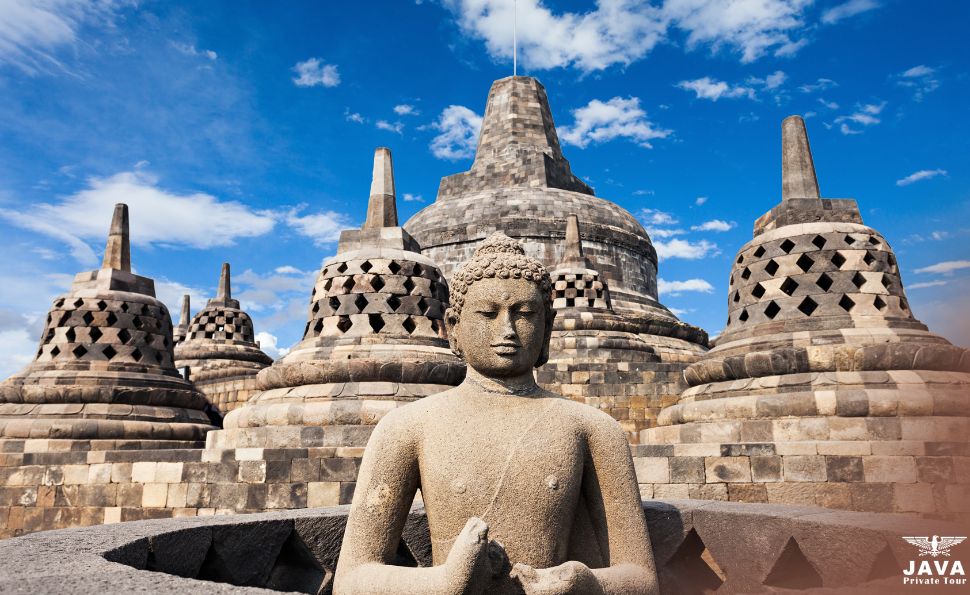 The Magnificence of Borobudur Temple Built with Modern Mathematics
The Magnificence of Borobudur Temple Built with Modern Mathematics
 From Schomper Hotel to Freedom Hub, Exploring the Legacy of Gedung Joang ’45
From Schomper Hotel to Freedom Hub, Exploring the Legacy of Gedung Joang ’45
 Exploring Bedug Pendowo: A Historical Gem in Purworejo
Exploring Bedug Pendowo: A Historical Gem in Purworejo

